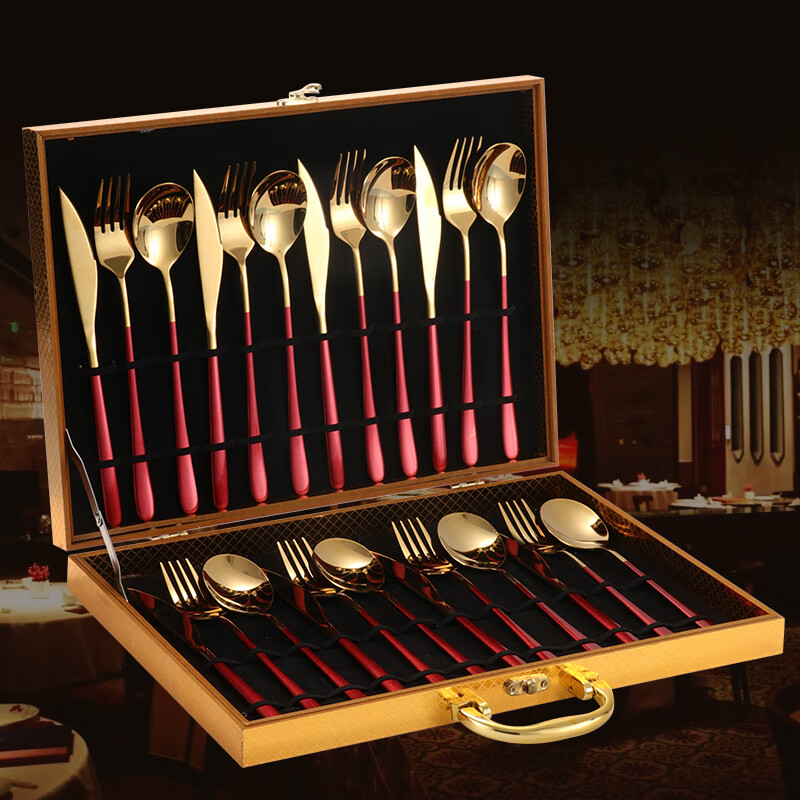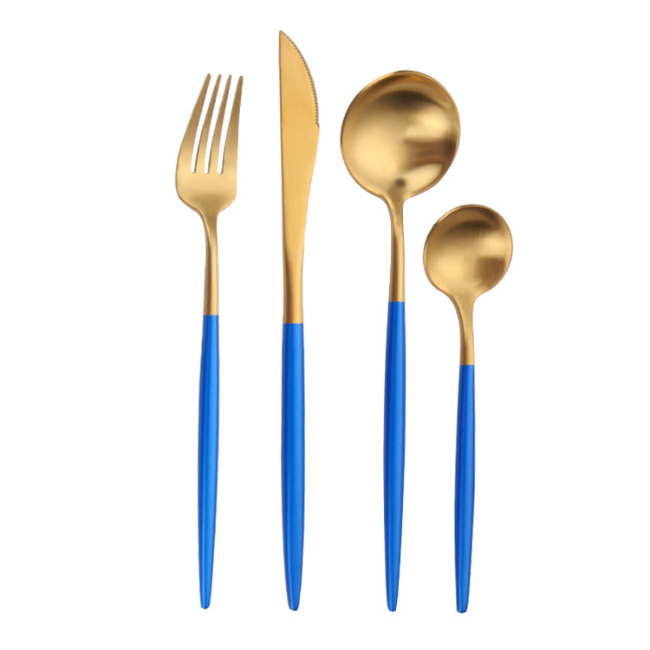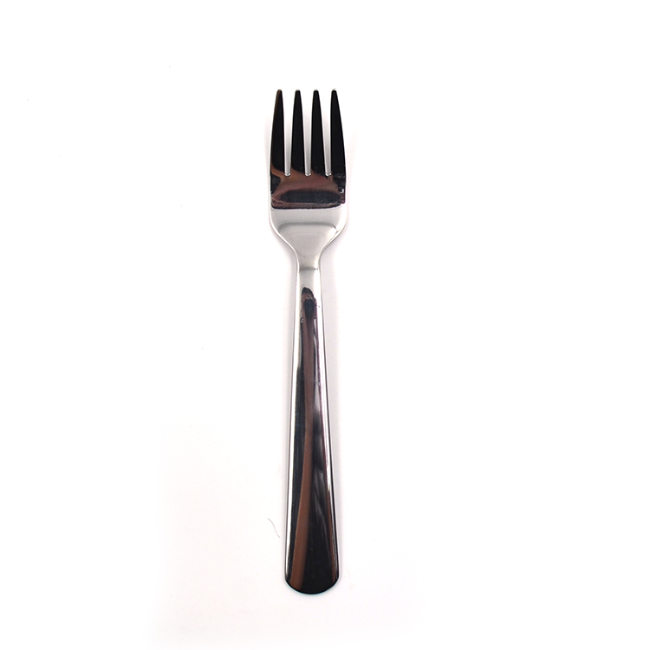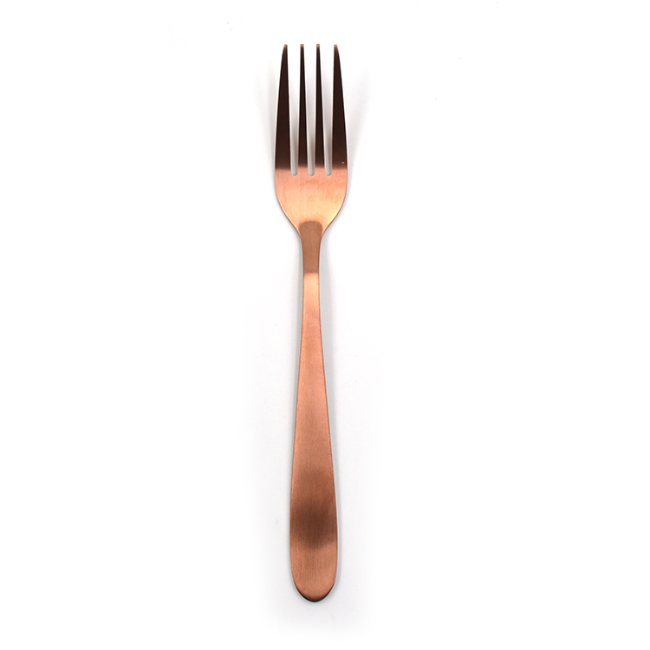
22 May
Does Silver Plated Cutlery Tarnish?
Does Silver Plated Cutlery Tarnish?One o...
Does Silver Plated Cutlery Tarnish?
One of the most common questions people have about silver-plated cutlery is whether it tarnishes over time. The answer is yes, silver-plated cutlery does tarnish, but the process can be managed with proper care. In this article, we will explore why silver-plated cutlery tarnishes, how to prevent it, and tips for maintaining its shine.
1. Why Does Silver-Plated Cutlery Tarnish?
Tarnishing occurs when silver reacts with sulfur compounds in the air, forming a thin layer of tarnish on the surface of the metal. While silver-plated cutlery may not tarnish as quickly as solid silver, it is still prone to oxidation over time, especially if exposed to moisture, air, or acidic foods. Factors like humidity, fingerprints, and exposure to chemicals (like those found in some dish soaps) can also contribute to tarnishing.
Even the best cutlery sets are susceptible to tarnish, and fork utensils are no exception. Silver-plated cutlery will show signs of dullness and dark spots, which can be an eyesore, especially when you want your flatware to sparkle on the dinner table.
2. How to Prevent Tarnishing
Preventing tarnish on silver-plated cutlery can be done through a few simple steps:
Storage: Always store your silver-plated cutlery in a dry, cool place. Using a tarnish-resistant cloth or storage pouch can help protect the pieces from exposure to air and moisture.
Cleaning: Regularly clean your fork utensils with a gentle silver polish or cloth. Avoid abrasive cleaners or scrubbing too hard, as this can remove the silver layer. A mild soap solution can also be used to clean your daily chef knives before polishing them to a shine.
Use Properly: When using your silver-plated flatware, avoid using it with acidic foods like tomatoes or citrus, as these can accelerate tarnishing. Always wash your cutlery promptly after meals to avoid food residue sitting on the surface.
3. How to Restore Tarnished Silver-Plated Cutlery
If your silver-plated cutlery has already started to tarnish, don’t worry! There are several ways to restore its shine:
Polish: Use a non-abrasive silver polish designed for silver-plated cutlery. Simply apply the polish to a soft cloth and gently rub the tarnished area until it’s shiny again.
Baking Soda and Water: For more stubborn tarnish, you can mix a solution of baking soda and water to gently clean the silver. Be sure to dry it thoroughly afterward to prevent further tarnishing.
Commercial Tarnish Removers: For heavy tarnish, you can use a commercial tarnish remover, which can be found at most homeware stores. Just be sure to follow the manufacturer’s instructions.
4. The Impact of Tarnishing on Value
While tarnishing doesn’t affect the value of silver-plated cutlery significantly, excessive tarnish can make the cutlery look old and worn. If you are considering selling or passing down your flatware, tarnish can affect its appeal to potential buyers or recipients.
Keeping your fork spoon knife set in good condition can help maintain its aesthetic appeal, ensuring that it continues to look elegant for years to come. Remember that pieces made by reputable manufacturers, like Homefelt, tend to hold their value better, especially when they are well-maintained.
5. Conclusion: Does Silver-Plated Cutlery Tarnish?
Yes, silver-plated cutlery does tarnish over time, but with proper care and maintenance, you can easily prevent or restore its shine. Regular cleaning, proper storage, and gentle polishing can help keep your silver-plated pieces looking beautiful for years. Whether you own an antique set or a more modern fork utensils collection, taking the right steps can ensure your silver-plated cutlery stays in top condition.





